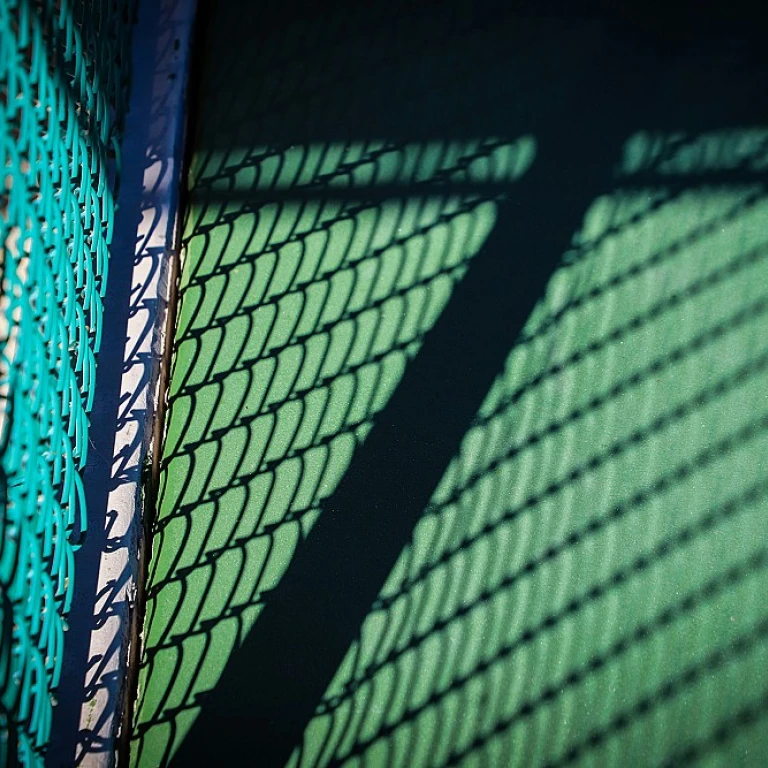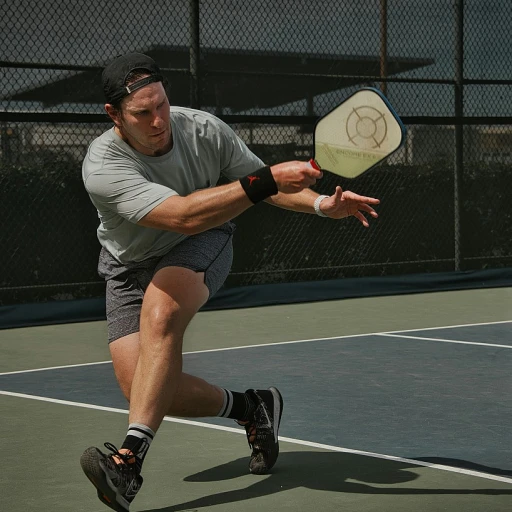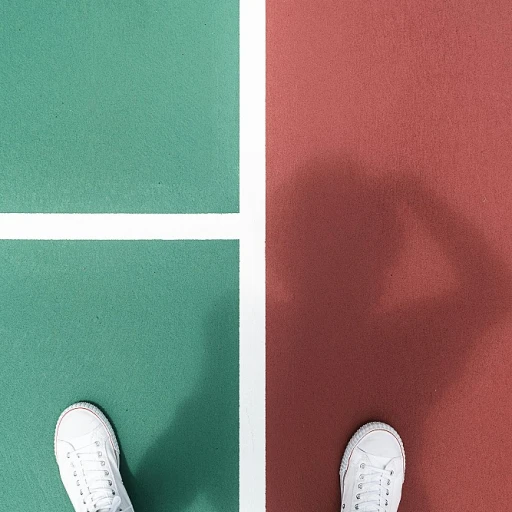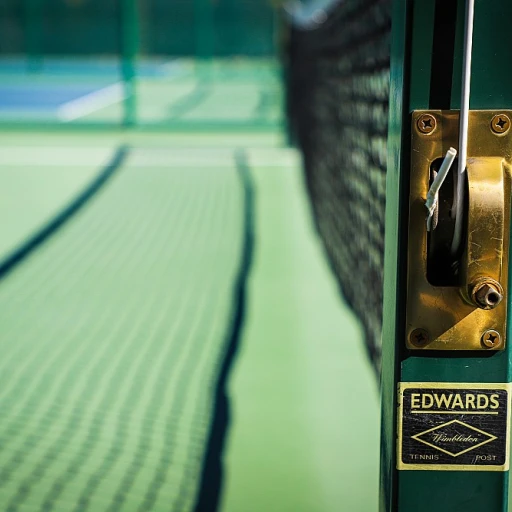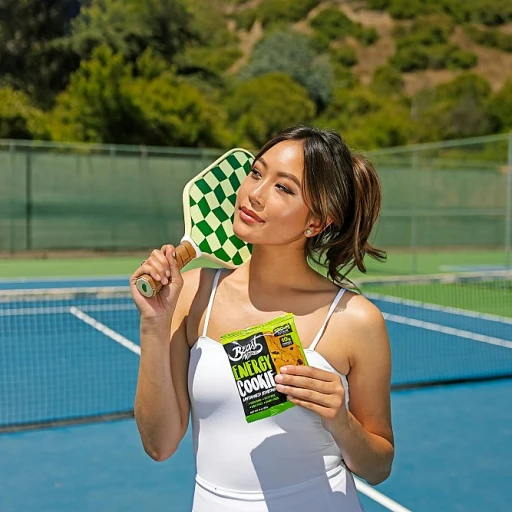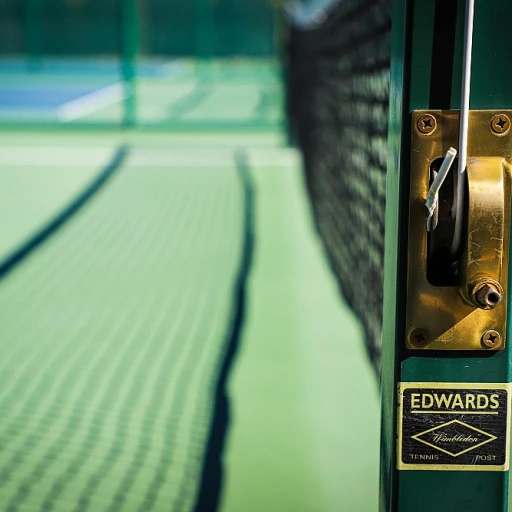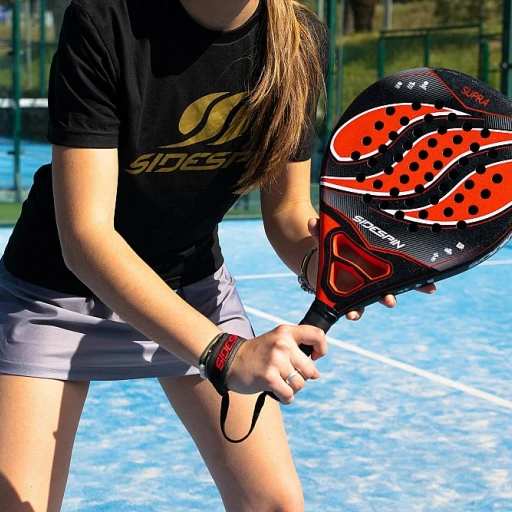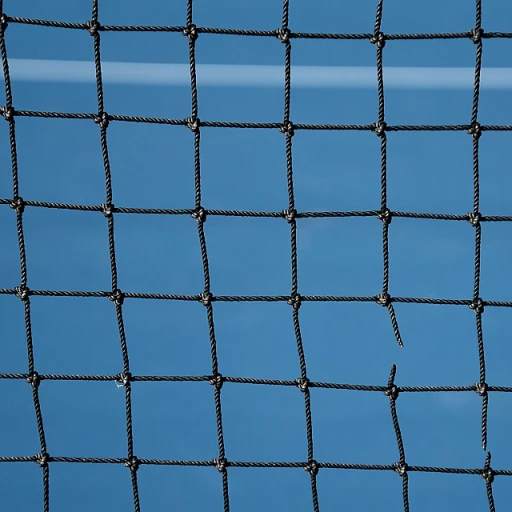Understanding Tennis Elbow in Pickleball Players
Decoding the Causes of Pickleball Elbow
Pickleball, with its unique blend of tennis, badminton, and table tennis, has seen a surge in popularity among enthusiasts, but it has also led to an increase in cases of pickleball elbow. This condition, commonly referred to as tennis elbow, is a form of repetitive strain injury affecting the tendons that join the forearm muscles outside the elbow. When playing pickleball, it's often brought on by improper technique, inadequate equipment, or overuse.Recognizing the Symptoms
Players experiencing pickleball elbow will often feel pain on the outer part of their elbow, which can radiate into the forearm and wrist. This pain can hinder your ability to play effectively, affecting paddle control and shot precision. Players need to identify these symptoms early to manage the condition before it worsens.Importance of Proper Techniques and Equipment
Adopting the right techniques and using the appropriate equipment, such as a well-suited pickleball paddle, can significantly alleviate the pain linked with tennis elbow. Paddles that optimize grip control and offer shock-absorbing abilities can make a difference. It's important to consider features like the paddle's weight and grip size, as well as the grip circumference which contributes to comfortable handling. For anyone looking to improve their game while managing elbow pain, investing in proper equipment is crucial. Engaging with sources that provide detailed insights on training paddles can enhance your understanding of the equipment necessary for improving your performance. For more detailed guidance on suitable equipment, check out this resource on enhance your game with a pickleball training paddle. By recognizing the symptoms early and adopting suitable playing techniques and equipment, pickleball enthusiasts can continue to enjoy the game while managing and potentially alleviating the effects of pickleball elbow.Key Features of Paddles for Tennis Elbow Relief
What To Look for in a Paddle
Choosing the right pickleball paddle to help alleviate tennis elbow revolves around understanding key paddle features that reduce strain while enhancing play. Considering factors such as weight, grip, and material, you can select a paddle that suits your playing style while minimizing discomfort.- Weight: A lighter paddle, often between 7.3 to 8.4 ounces, is less taxing on the wrist and elbow, reducing the chances of exacerbating tennis elbow symptoms. It's important to achieve a balance where the paddle weight maximizes control without compromising power.
- Grip and Handle: Opt for a grip circumference that fits your hand comfortably, maintaining proper engagement and control during play. Shock-absorbing handle designs can further reduce vibration and impact, important for pickleball players with elbow concerns.
- Control and Power: Both control and power are influenced by the paddle's surface and core thickness. A thicker core can cushion impacts better, while a carbon fiber surface offers excellent ball control, benefiting playing technique.
- Sweet Spot: Prioritize paddles with a larger sweet spot to ensure consistent shots, reducing the chance of extending wrist movements that contribute to elbow pain.
- Paddle Construction: Consider paddles engineered specifically for injury prevention. For instance, some paddles incorporate advanced materials like pro kennex technologies or shock-reducing elements.
Top Paddle Materials and Their Impact on Performance
Exploring Paddle Composition for Optimal Performance
When selecting a pickleball paddle, the choice of material is a crucial factor that directly influences your gameplay and helps mitigate pickleball elbow, often exacerbated by improper equipment. Understanding the impact of different materials can guide you toward the best option for alleviating tennis elbow pain. Firstly, let's consider the core materials commonly used in pickleball paddles:- Polymer Core: Known for its excellent shock absorption, a polymer core paddle provides the control and reduced vibration needed to ease elbow strain. Many players favor polymer paddles for their soft feel and quieter play.
- Nomex Core: While offering a firmer and more responsive experience, Nomex paddles might not be as forgiving on the elbow due to their harder construction. They are better suited for those who prioritize quick response over comfort.
- Aluminum Core: Offering a balance between power and control, aluminum core paddles have decent shock-absorbing qualities but may not match the comfort level of polymer.
- Graphite Surface: Graphite paddles are lightweight and provide excellent touch, aiding in control. Their configuration can make them one of the top choices for players concerned with elbow pain.
- Carbon Fiber Surface: These paddles are slightly heavier but offer a strong hit, which can appeal to players seeking power without compromising on shock-absorbing benefits.
Comparing Popular Paddle Brands for Tennis Elbow Sufferers
Brand Comparisons for Optimal Comfort and Performance
When dealing with tennis elbow, choosing the right pickleball paddle can make a significant difference in your comfort and game performance. Several brands have emerged as top choices for players looking to alleviate pain while maintaining control and power. Here's a look at some popular options:
- Pro Kennex: Known for their shock-absorbing technology, Pro Kennex paddles like the Black Ace are designed with a focus on reducing vibration, which can help in minimizing elbow strain. Their paddles often feature a comfortable grip circumference and a balanced weight, providing a good mix of power and control.
- Engage Pickleball: Engage paddles, such as the Engage Pursuit, are crafted with a focus on control and precision. These paddles typically have a larger sweet spot and a surface that enhances spin, making them a preferred choice for players who need to engage in a softer play style to reduce elbow stress.
- Selkirk: Offering a range of paddles with various core thicknesses, Selkirk paddles are designed to cater to different playing styles. Their paddles are often praised for their lightweight design and ergonomic handle, which help in reducing the swing weight, thus lessening the impact on the elbow.
Each brand brings unique features that can benefit players suffering from pickleball elbow. When selecting a paddle, consider the grip size, weight, and surface material, as these factors will influence your play and comfort. Remember to test different paddles to find the best fit for your needs and preferences.
Tips for Testing and Choosing Your Paddle
Putting Paddles to the Test
Selecting the ideal pickleball paddle to ease tennis elbow involves more than choosing based on appearance or brand recognition. The comfort and performance experienced when using a paddle are paramount. Here are some steps to help you determine the best fit for your needs:- Test the Grip: The grip circumference plays a crucial role in how comfortable you'll feel holding the paddle. Opt for a paddle grip that feels natural in your hand, maintaining control without straining your elbow. Consider trying out different grip sizes to find the perfect match.
- Experiment with Weight: A lighter weight paddle is less likely to aggravate pickleball elbow, as it requires less force to swing. Seek a balance between swing weight and control, opting for a weight that feels manageable during play.
- Assessing Surface Material: The paddle’s surface material, such as carbon fiber or graphite, impacts not only your game’s power but also the comfort level for your elbow. Materials that offer a softer sweet spot can reduce vibration and potential pain.
- Look for Shock Absorbing Features: Some paddles are designed with shock absorbing materials or technologies to minimize impact on the arm. These features are often worth the investment for players with tennis elbow.
- Seek Expert Recommendations: Consult fellow players or coaches, and refer to reliable product reviews on platforms like Amazon to gather insights on the best pickleball paddles for alleviating elbow pain.
Maintaining Your Paddle and Preventing Further Injury
Protecting and Preserving Your Paddle
Ensuring your pickleball paddle remains in optimal condition is crucial to avoid aggravating your tennis elbow. Here are several maintenance tips that can extend the lifespan of your paddle while keeping elbow pain at bay:- Regular Cleaning: After each match, wipe down your paddle surface with a damp cloth to remove dirt and sweat. This prevents grime buildup that can affect the paddle's grip and control.
- Grip Care: Over time, the grip can wear down and become slick, which might force you to grip harder and exacerbate elbow issues. Replace the grip regularly and consider using a shock absorbing tape to maintain a comfortable grip circumference.
- Storage: Keep your paddle in a dry, cool place to prevent warping or damage. Avoid exposing it to extreme temperatures, which can affect the weight and balance.
- Protective Gear: Invest in a paddle cover, especially if you frequently travel with your equipment. This will safeguard against surface scratches and impacts.
- Check for Damage: Regularly inspect your paddle for any cracks or chips, particularly around the handle and edges. Catching these early prevents further deterioration and maintains the structural integrity that supports your play style.

